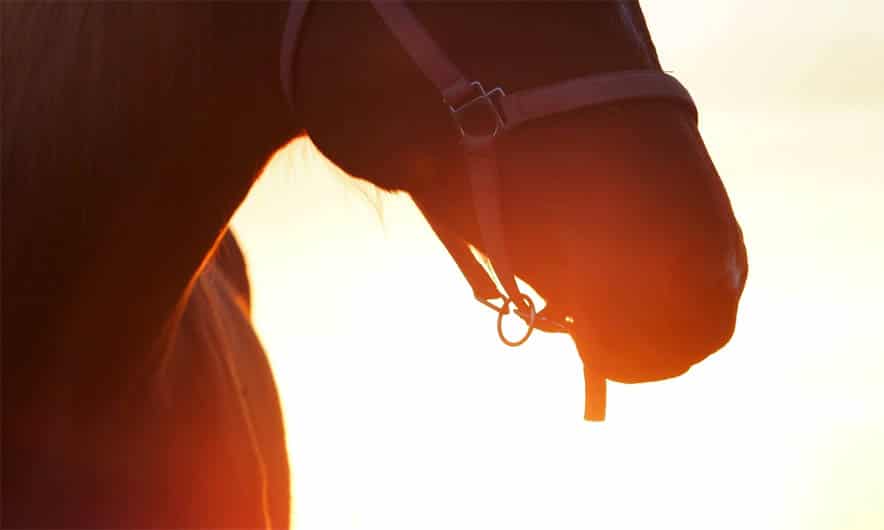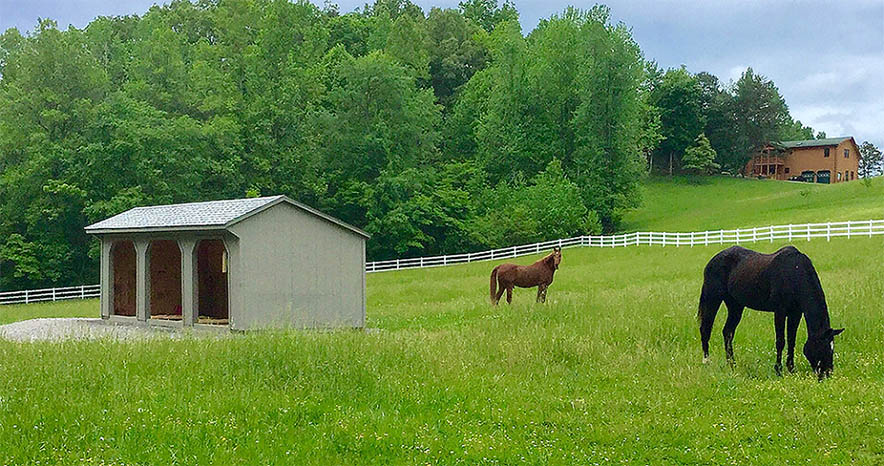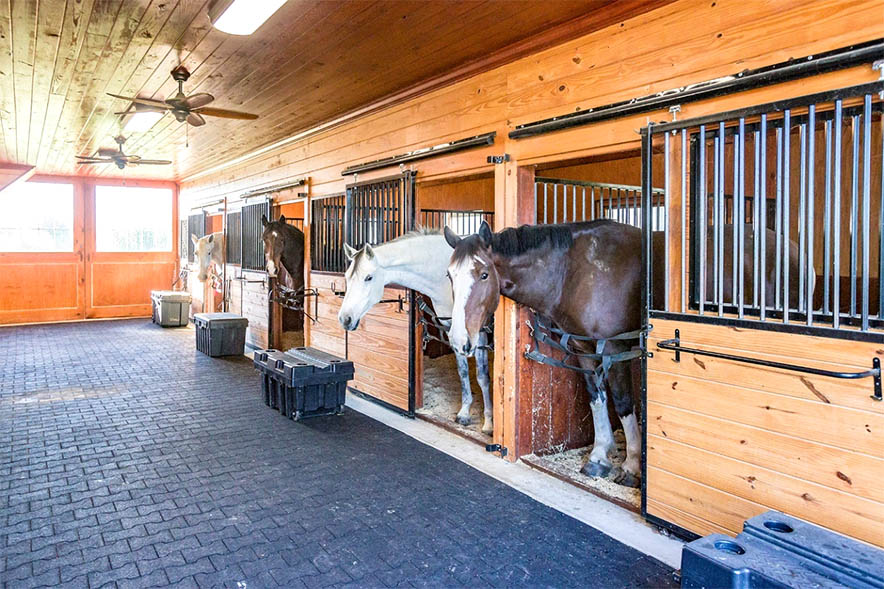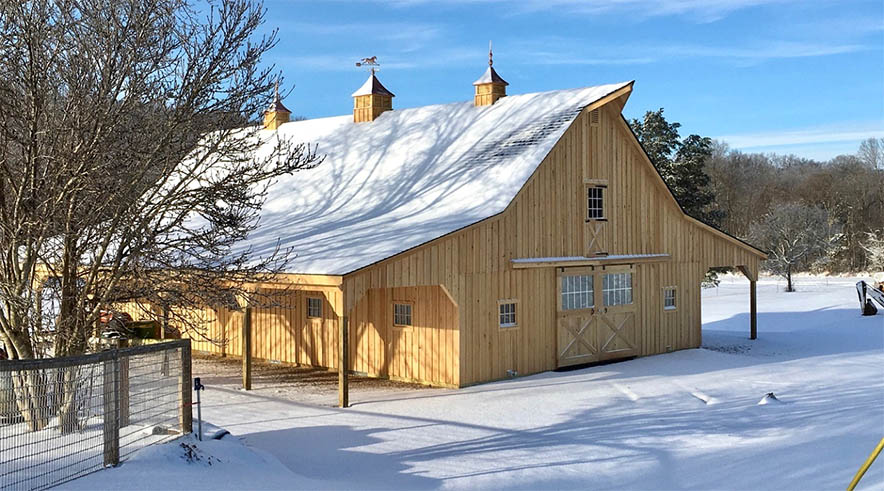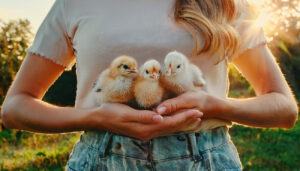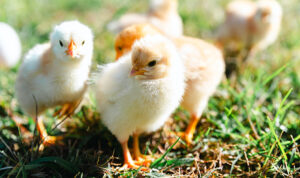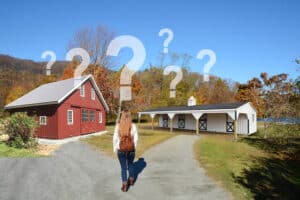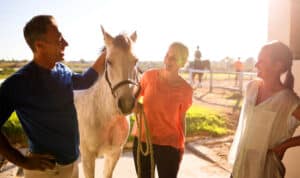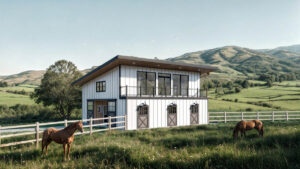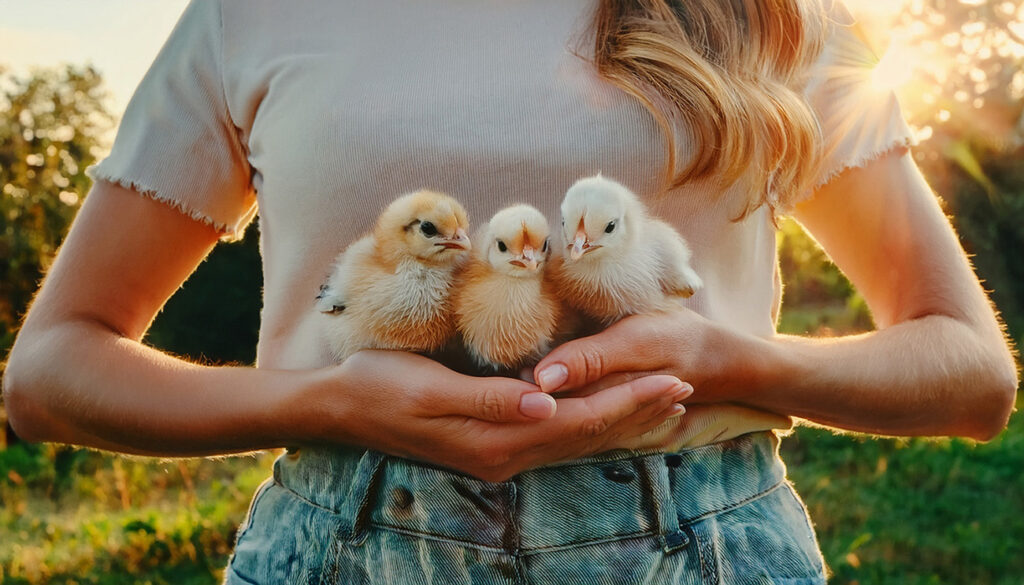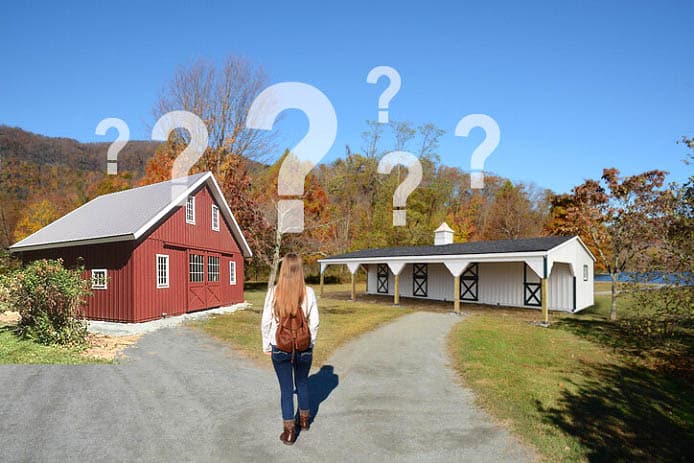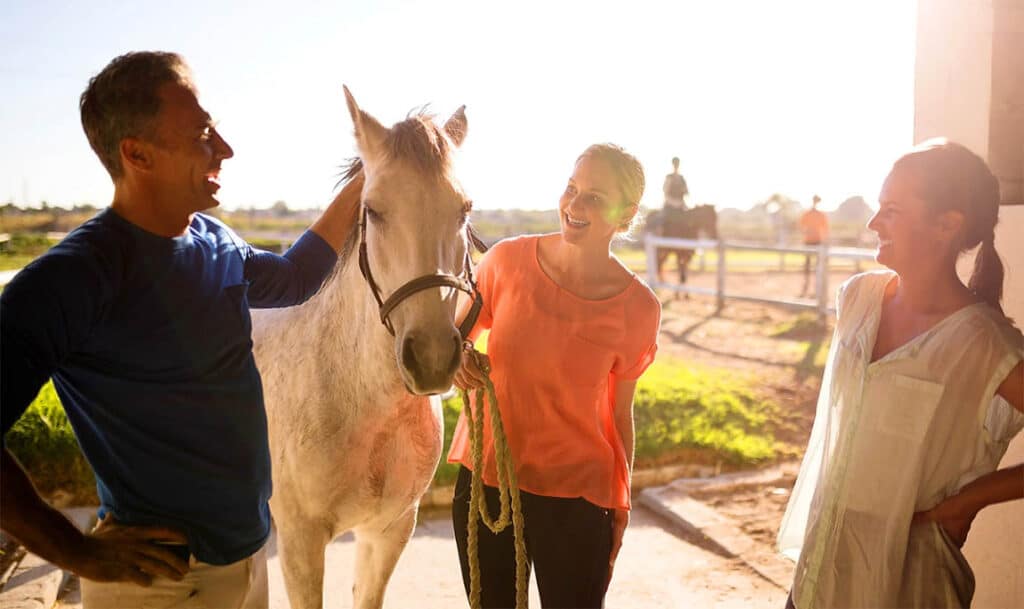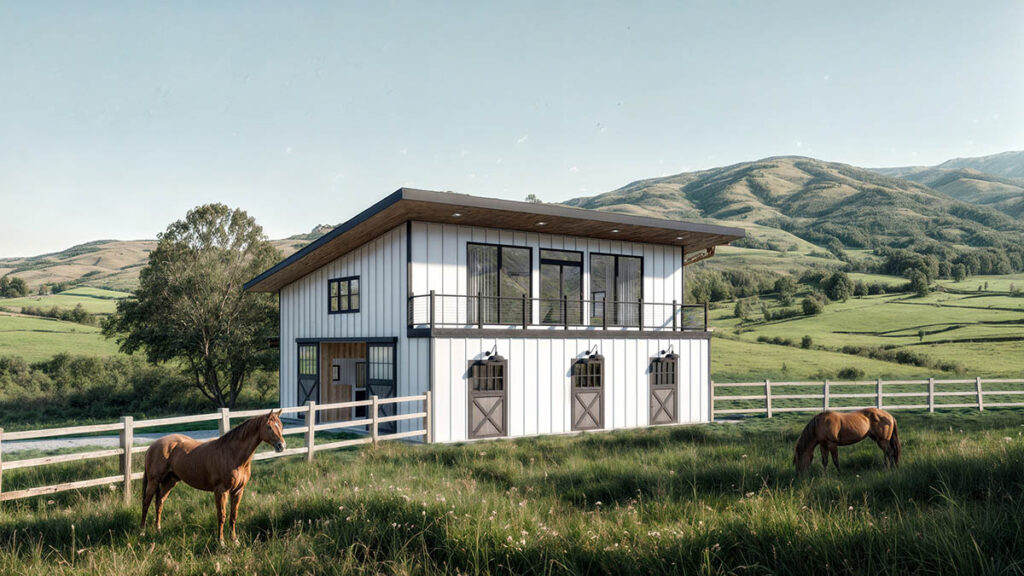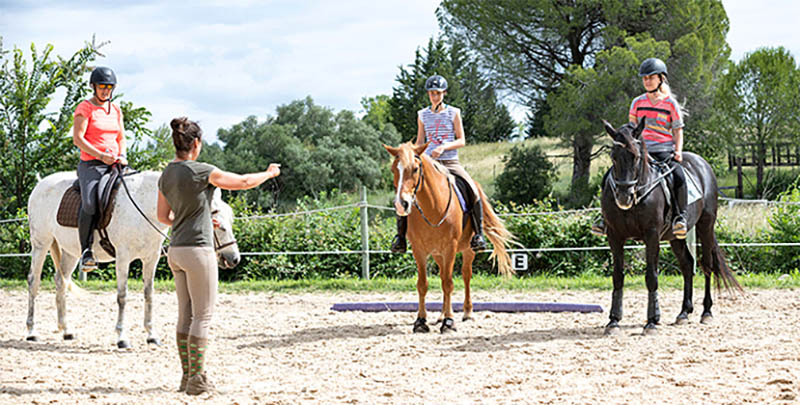Brutally cold or extremely hot temperatures and inclement weather conditions can inflict great suffering on horses that are left to their own devices in an open pasture. However well hayed-up and warm watered the equine is kept in tempestuous winter storms and however hydrated and shaded a horse is managed in burning heatwaves, their well-being is dependent on more than these precautions to keep them in good health.
Horse caregivers are often quick to defend their horse care practices where a lack of understanding and education persist as to the actuality of how horses manage in the wild or how they suffer as a result of their inability to choose their own environment.
Consider the ever-present conflicts and conversations about whether a horse should be blanketed and if so at what temperature or humidity level, or the advertisements touting what shampoos can assuage discoloration of a pristine black equine coat or product can protect a gray horse from melanoma as good examples of issues related to horse care in certain types of weather.
There are many good reasons not to brave the weather when it comes to horse care, and these are just a few.
If you’ve ever lived in Wyoming or Montana and other regions where arctic air breezes in each year with the subtlety of the interest a mare in season shows in a stallion, then you’ve seen the results of frostbite on the stubby eared equines that showcase their exposure to Mother Nature’s wrath.
For those of us with experience in the world of horse breeding we know just how fast a foal or weanling can become dehydrated or chilled despite their otherwise apparent good health due to extremes of temperature and exposure to sun and rain. Elderly equine statesmen are similar to the youngstock in that their temperature regulation is not in full operation working to ideal capacity so also similarly to their junior counterparts they are at risk for health issues caused by severe weather (be it hot or cold).
A horse that is not in good health will also be more susceptible to disease and illness when subjected to extreme weather. Huge variances in the weather can also induce existing health problems to escalate or begin a cycle of harm to a horse that makes it at higher risk for similar health issues to occur in the future.
Horses that ‘go to the doctor’ aren’t given a written warning the way a human receives information, that the doxycycline they’ve been prescribed to treat Anaplasmosis or Lyme disease can cause them eye damage if they don’t protect their eyes from the glare of the blinding sun that reflects off snow or water. The Equus is painfully unaware (or will be) that liver damage may result from too much exposure to the sun’s rays when taking certain drugs. Indeed often, the horse caregivers themselves are blind to the side effects of medicines prescribed or over the counter remedies that can be purchased for treatment of equine maladies.
Is A Run-In Shed Enough?
The provision of a permanent form of shelter (not seasonal hedgerows or tree canopies) is always a good start to providing protection from the elements for horses at pasture.
While the horses have the opportunity to choose between being under cover of its roof or standing in the pasture the reality is the equine resident does not always make the smart decision. Like naughty children they sometimes do the complete opposite of what we expect them to do. Instead of seeking shade from the midday sun, they will stand next to the cooling effect of the water trough with their heads hanging low over the water surface catching sunburn on their white or pink noses. In the blasts of a Nor’easter they will stubbornly stand by the gate knee deep in mud rather than huddle up in the back of the run-in shed.
A run-in shed can provide a good temporary solution to providing some kind of shelter from the weather for horses that may be recently moved to a property without a barn or some form of enclosure suitable for their occupation.
But sadly, no, sometimes the run-in shed is not enough to provide the shelter needed in extreme weather conditions. Its 3-sided protection cannot abate whipping winds that bring wind chills to minus double digits of -30 to -40 degrees Fahrenheit. While the horse’s long neck will help protect its lungs from the damage of the bitter cold air, the extremities of the horse are exposed and subject to frostbite.
Horses do not innately know that the sun’s rays are bad for them when they are taking certain medications or have a genetic make-up that makes them prone to health problems. A gray horse or an equine genetically at high risk for skin cancers will not know it needs to stay out of the sun to minimize its likelihood of developing the disease.
Ironically a gray horse has a more reflective coat to protect it from heat than a black horse, and a darker colored horse suffers more from flies and other insect attraction than a gray horse. Color of the coat, weight, condition, and breed of the horse, all affect the individual horse’s ability to weather the weather. Horses often simply don’t have the choice to make the right decision for their individual needs, even if they innately figure out the best solution to a problem they are experiencing such overheating or they are wet and cold.
The Immeasurable Pleasure of Owning a Horse Barn
There is an audible sigh of relief heard from most horse caregivers when their herd is safely shepherded into the warmth of well-bedded stalls during horrid weather or rescued from the incessant activities of biting flies and ensconced in cool, shady stables.
A barn offers the horse a respite from extremes of weather, but it also serves a valuable purpose as a hospital bed or an examination room.
The horse barn offers a retreat for the Equus suffering from too much herd interaction and can mitigate its ability to overindulge on sugary short green pastures of Fall and the rich spiking grass of Spring. In times of extreme human behavior, such as neighbors setting off celebratory fireworks, the barn can also become a much-appreciated refuge and safe harbor for the noise sensitive equine.
The benefits of being able to shelter from adverse weather in the barn is also important for the human contingent on the farm.
Styles and designs of barns come in all shapes and sizes. The array of options comes with a variety of price points, and the availability of modern-day modular barns makes the ownership of a horse barn something that can be undertaken in an almost ‘instant’ way.
The most inexpensive barn designs that can offer confinement of a horse is a shedrow design. The addition of an overhang can help protect the interior from driving winds and rain over Dutch doors, and shedrow designs are easy to add to if extra stalls are needed down the road. The more expensive high profile center aisle barn design is at the top of the price range with high end timber frame models being the crème de crème when it comes to horse barn style.
There are many options in-between these designs that offer pros and cons of each and where the property is sited, and its climate and environment should factor into the decision.
For example, a shedrow design may be perfectly suited to a temperate environment such as the mid-Atlantic seaboard, but its limitations will be felt if placed in the snowy regions of Maine or Montana where persistent plowing out to access each stall space during blizzard conditions will be needed and the lack of protection from bitter winter winds will be evident.
For large herds of horses, it is commonplace to provide a big indoor structure such as a cowshed or machine shed where the horses can be gathered together in during poor weather. Wherever animals gather together their bodies will produce a good source of heat, and livestock sheds and buildings can provide a reasonable solution as a safe harbor for a horse herd during severe weather.
Consider the interior of the building and its substructure when housing horses in large metal buildings, and also its passive or mechanical ventilation. Horses are not cows and are much more likely to roll next to a tin wall or kick out at a compatriot equine and errant hoof placement through a metal siding is a recipe for disaster.
In terms of fresh air, a horse’s respiratory system will benefit from good ventilation wherever it lives. Shutting out the wrath of winter may be necessary for short periods but overall a horse will do better health wise with access to plenty of fresh air and light.
An enclosed barn stall is an open plan dining/living room and bathroom for the horse, and yes, as such it does require more horsey housework. It also requires a capital investment. Nonetheless, owning one is a capital idea. You’ll never regret it. And don’t forget, what’s good for the outside of a horse is good for the inside of a human.


